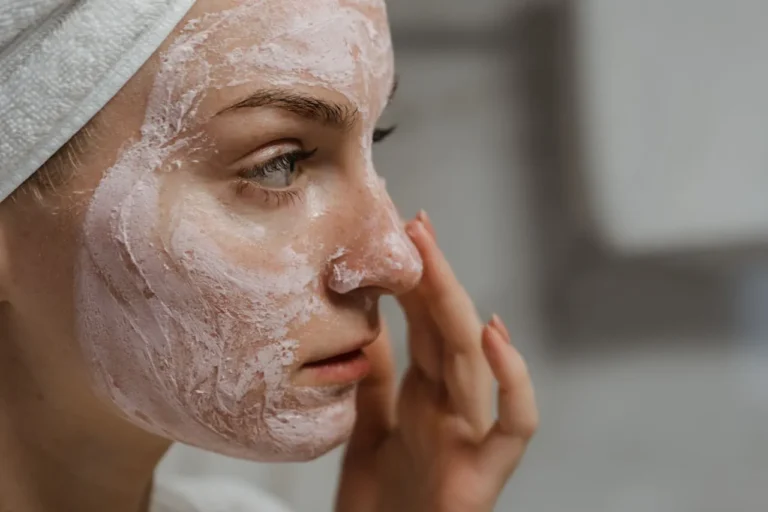The Right Order to Apply Skincare Products
You’ve invested in quality skincare products, but are you applying them correctly? The order matters more than you think.
When you layer products properly, each ingredient can penetrate your skin effectively and deliver maximum benefits.
The Golden Rule: Thinnest to Thickest
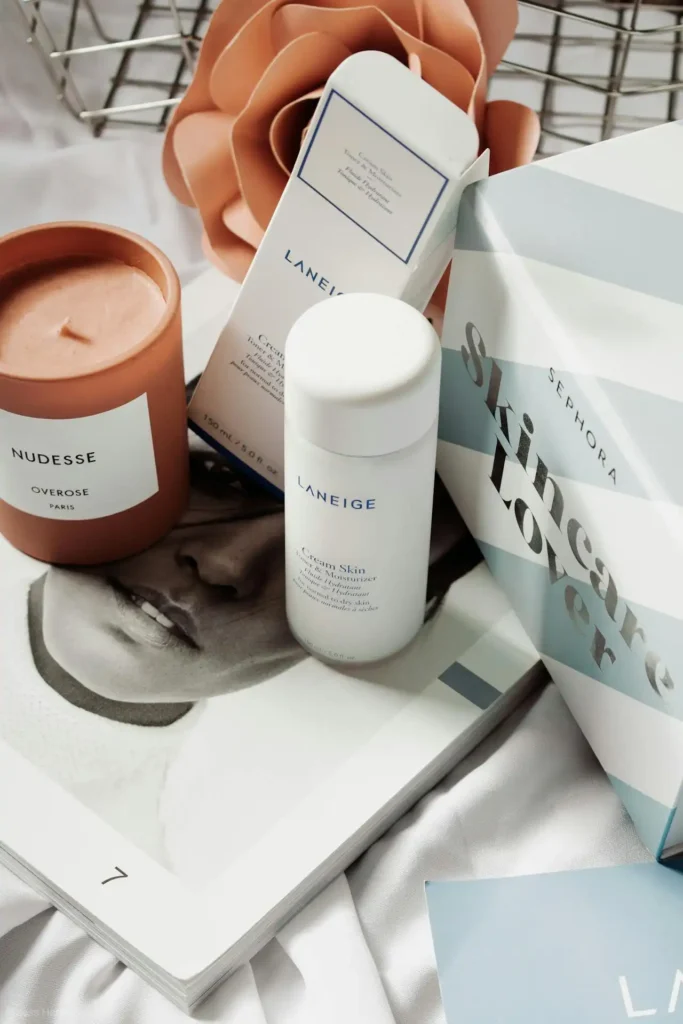
Your skincare routine follows one fundamental principle: apply products from thinnest to thickest consistency.
This rule ensures that lightweight formulas can penetrate your skin before heavier products create a barrier.
Think of your skin like a sponge. You’re essentially blocking the very ingredients you want to absorb most.
When you apply a thick cream first, it creates a film that prevents thinner serums from reaching deeper layers.
Water-based products always come before oil-based ones. Larger molecules in moisturizers and oils work best as protective barriers on top.
This scientific approach maximizes absorption and prevents product pilling, where ingredients ball up on your skin’s surface.
The molecular size also plays a crucial role. Smaller molecules in toners and serums need clear pathways to reach your skin cells.
Your Morning Skincare Sequence
Your morning routine protects your skin throughout the day. Start with a gentle cleanser to remove overnight buildup and prepare your skin for active ingredients.
Step 1: Cleanser You need clean skin for optimal product absorption. Choose a gentle, pH-balanced cleanser that removes impurities without stripping your skin’s natural barrier.
Massage it on damp skin for 30 seconds, then rinse thoroughly with lukewarm water.
Step 2: Toner or Essence Apply toner with clean hands or a cotton pad, gently patting it into your skin.
This step balances your skin’s pH and provides the first layer of hydration. Wait 30 seconds before moving to the next step.
Step 3: Vitamin C Serum Morning is perfect for vitamin C because it provides antioxidant protection against environmental damage.
Apply 2-3 drops to your entire face, avoiding the eye area. Pat gently and let it absorb for 60 seconds.
Vitamin C works best on clean skin and under sunscreen. You’ll notice brighter, more even-toned skin with consistent use over several weeks.
Step 4: Hyaluronic Acid or Hydrating Serum Layer your hydrating serum over the vitamin C.
Hyaluronic acid holds up to 1,000 times its weight in water, making it incredibly effective for plumping and moisturizing your skin.
Apply it to slightly damp skin for enhanced absorption. The moisture helps hyaluronic acid bind to water molecules more effectively.
Step 5: Eye Cream Your eye area needs special attention because the skin there is thinner and more delicate.
Use your ring finger to gently pat eye cream around the orbital bone, avoiding direct contact with your eyes.
Start from the inner corner and work outward. This technique prevents tugging and reduces the risk of developing fine lines from application.
Step 6: Moisturizer Choose a moisturizer suitable for your skin type.
Dry skin benefits from richer creams, while oily skin prefers lightweight, gel-based formulas. Apply in upward strokes, covering your entire face and neck.
Your moisturizer seals in all the previous layers and creates a protective barrier. Don’t forget your neck and décolletage, as these areas show signs of aging quickly.
Step 7: Sunscreen Sunscreen is non-negotiable in your morning routine. Apply a broad-spectrum SPF 30 or higher as your final step.
Use about 1/4 teaspoon for your face and neck, and reapply every two hours during sun exposure.
Wait 15-20 minutes after application before applying makeup. This allows the sunscreen to set properly and provide optimal protection.
Your Evening Skincare Routine
Your nighttime routine focuses on repair and regeneration. Your skin cells work overtime while you sleep, making evening the perfect time for active ingredients and intensive treatments.
Step 1: Double Cleanse Start with an oil-based cleanser to dissolve makeup, sunscreen, and sebum.
Massage it onto dry skin for 60 seconds, then rinse with warm water. Follow with your regular cleanser to remove any remaining residue.
This two-step process ensures your skin is completely clean and ready to absorb treatment products.
You’ll notice a significant difference in how well your skincare products perform.
Step 2: Exfoliation (2-3 times per week) Use chemical exfoliants like AHA or BHA to remove dead skin cells and unclog pores.
Start with lower concentrations and gradually increase as your skin builds tolerance.
Apply exfoliants to clean, dry skin and follow the instructions carefully. Over-exfoliation can damage your skin barrier and cause irritation.
Step 3: Toner or Treatment Essence Apply your toner just as you do in the morning.
Evening toners can be slightly more treatment-focused, containing ingredients like niacinamide or peptides.
Step 4: Targeted Serums Evening is ideal for active ingredients like retinol, peptides, or niacinamide. These ingredients work best when your skin is in repair mode during sleep.
Start retinol slowly, using it once or twice a week initially. Apply it to clean, dry skin and always follow with moisturizer.
Your skin may experience mild irritation at first, but this usually subsides with continued use.
Step 5: Face Oil (Optional) If you use face oils, apply them before your moisturizer or mix a few drops into your moisturizer.
Oils provide additional nourishment and help lock in moisture overnight. They focus on deep hydration and skin repair.
Choose oils based on your skin type. Jojoba oil works well for most skin types, while rosehip oil provides anti-aging benefits, and squalane offers lightweight hydration.
Step 6: Night Moisturizer Night moisturizers are typically richer than day formulas because you don’t need to worry about makeup application or sun protection.
Apply generously and massage in upward motions. Your skin loses more water at night, so this extra moisture prevents dehydration and supports the repair process.
Step 7: Spot Treatments Apply any spot treatments for acne or hyperpigmentation as your final step.
This ensures they stay in contact with the targeted area without being diluted by other products.
Special Product Categories and Their Placement
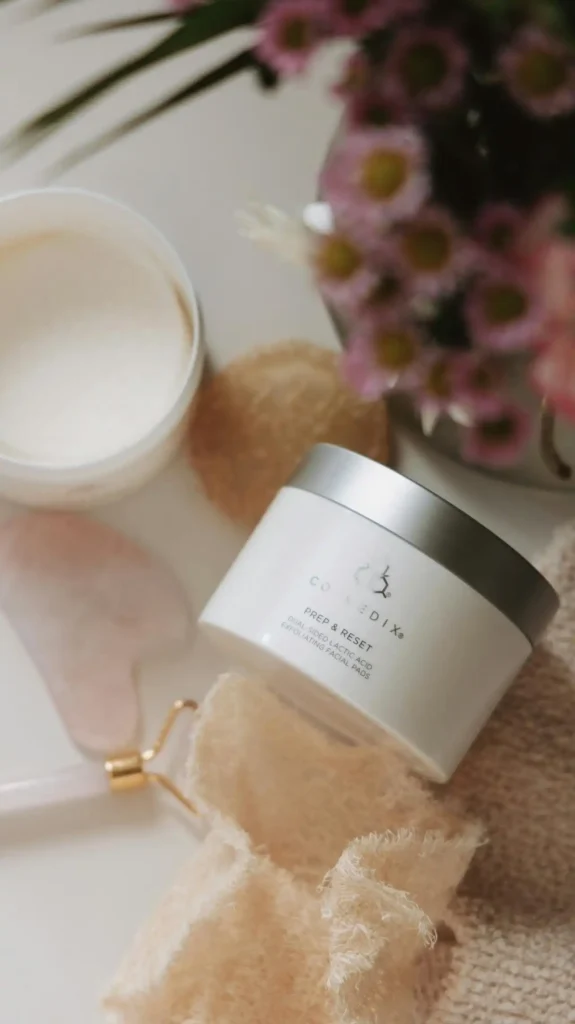
Prescription Medications Always apply prescription treatments like tretinoin or hydroquinone to clean, dry skin before other products.
Wait 20-30 minutes before layering other skincare products on top.
These medications are formulated to be most effective when applied directly to skin. Other products can dilute their potency or interfere with absorption.
Sheet Masks and Treatments Use sheet masks on clean skin before serums and moisturizers.
The mask creates a barrier that enhances ingredient penetration. Remove after 15-20 minutes and pat remaining essence into your skin.
Don’t rinse after using a sheet mask unless the instructions specifically say to do so. The remaining essence contains beneficial ingredients that continue working on your skin.
Facial Oils The placement of facial oils depends on their purpose.
Use treatment oils before moisturizer to allow better absorption. Use protective oils after moisturizer to seal everything in.
Mix oils with your moisturizer if you want the benefits of both without additional layers.
This technique works especially well for people with oily skin who want the benefits of facial oils without heaviness.
Common Mistakes to Avoid
Rushing Between Steps Give each product time to absorb before applying the next one. Rushing can cause products to pill or prevent proper absorption.
Wait 30-60 seconds between lightweight products and up to 2-3 minutes for heavier treatments.
Your skin needs time to process each layer. Patience in your routine leads to better results and prevents product waste.
Using Too Much Product More isn’t always better in skincare.
Using excessive amounts can overwhelm your skin and cause irritation or clogged pores. Start with small amounts and build up if needed.
A pea-sized amount of moisturizer or 2-3 drops of serum is usually sufficient for your entire face. Your skin can only absorb so much at once.
Mixing Incompatible Ingredients Some ingredients shouldn’t be used together because they can cause irritation or neutralize each other’s effects.
For example, avoid using vitamin C with retinol in the same routine. When in doubt, introduce new products one at a time to monitor your skin’s response.
Research ingredient interactions or space them out between morning and evening routines.
Neglecting Your Neck and Chest Your skincare routine shouldn’t stop at your jawline. Your neck and décolletage age just as quickly as your face and deserve the same attention.
Extend all your products down to your chest area. This creates a seamless transition and prevents obvious differences in skin tone and texture.
Timing and Frequency Guidelines
Daily Products Cleanser, toner, moisturizer, and sunscreen should be used daily. These basics maintain your skin’s health and protection without causing irritation.
Consistency with basic products creates a strong foundation for your skin health. You’ll see improvements in texture, hydration, and overall appearance within a few weeks.
Weekly Products Exfoliants, masks, and intensive treatments work best when used 1-3 times per week. This frequency provides benefits without over-treating your skin.
Start with once weekly and increase gradually based on your skin’s tolerance. Your skin will tell you if you’re overdoing it through redness, dryness, or increased sensitivity.
Seasonal Adjustments Adjust your routine based on climate and seasonal changes. You might need heavier moisturizers in winter and lighter formulas in summer.
Pay attention to how your skin feels and looks throughout the year. Environmental factors like humidity, temperature, and sun exposure all affect your skin’s needs.
Product Layering for Different Skin Types
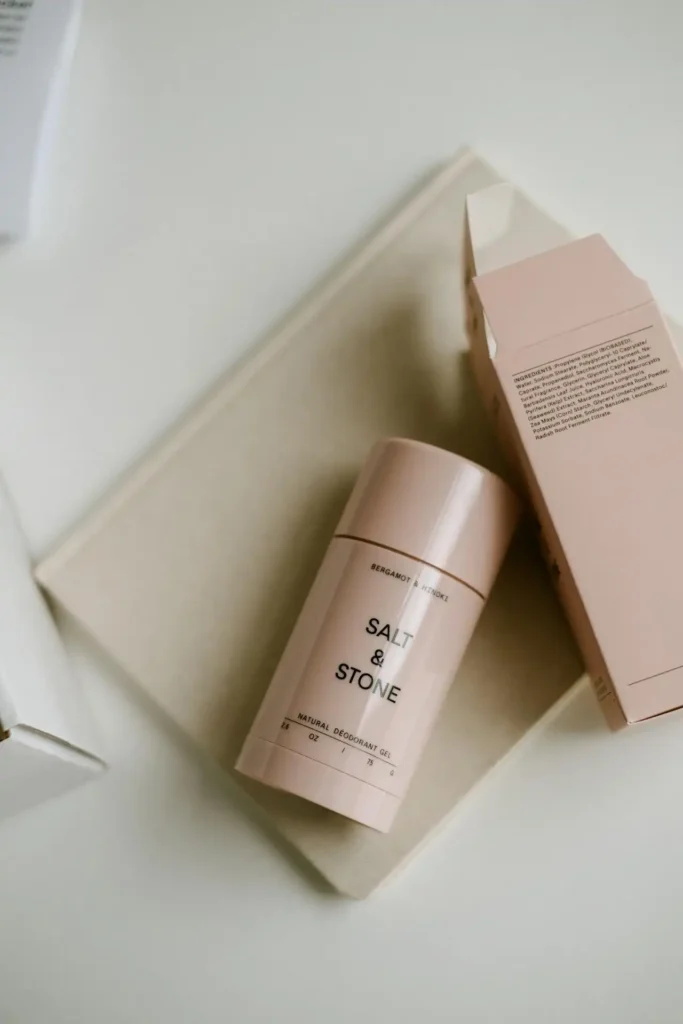
Oily Skin Focus on lightweight, gel-based products that won’t clog pores. You still need moisture, but choose oil-free formulas that provide hydration without heaviness.
Use salicylic acid or niacinamide to control oil production. These ingredients help regulate sebum while maintaining your skin’s moisture balance.
Dry Skin Layer multiple hydrating products to build moisture levels gradually. Start with a hydrating toner, add a serum, and finish with a rich moisturizer.
Look for ingredients like hyaluronic acid, ceramides, and glycerin. These moisture-binding ingredients help your skin retain water throughout the day.
Sensitive Skin Keep your routine simple and introduce new products slowly. Choose fragrance-free, hypoallergenic formulas designed for sensitive skin.
Patch test new products on a small area before applying to your entire face. This precaution can prevent widespread reactions and help you identify problematic ingredients.
Combination Skin You can use different products on different areas of your face. Apply oil-controlling products to your T-zone and hydrating products to dry areas.
This targeted approach addresses each area’s specific needs without over-treating or under-treating any part of your face.
Advanced Layering Techniques
The 3-Second Rule For water-based products, apply while your skin is still slightly damp from the previous step. This technique enhances absorption and helps products spread more evenly.
Damp skin accepts water-based products more readily than completely dry skin. You’ll use less product and achieve better coverage.
Mixing Methods You can mix compatible products in your palm before application. This works well for combining serums with moisturizers or adding facial oils to your night cream.
Mixing reduces the number of steps while maintaining the benefits of multiple products. It’s particularly useful for morning routines when you’re pressed for time.
Pressing Technique Instead of rubbing products into your skin, press them in using gentle patting motions. This technique is especially important for delicate areas like around your eyes.
Pressing prevents tugging and allows better absorption of active ingredients. Your skin will look plumper and more hydrated with this gentle application method.
Building Your Personalized Routine
Start Simple Begin with basic products: cleanser, moisturizer, and sunscreen. Master this foundation before adding serums, treatments, or specialty products.
A simple routine that you follow consistently will give better results than a complex routine you use sporadically. Build complexity gradually as your skin adjusts.
Introduce Products Slowly Add one new product at a time, using it for 2-4 weeks before introducing another.
This approach helps you identify which products work for your skin and which might cause problems.
Keep a skincare diary to track how your skin responds to new products. Note any changes in texture, clarity, or sensitivity.
Listen to Your Skin Your skin’s needs change based on factors like age, hormones, weather, and stress.
Adjust your routine accordingly and don’t be afraid to modify products or frequency.
What works in your twenties might not work in your forties. Stay flexible and willing to adapt your routine as your skin evolves.
Professional Guidance and When to Seek Help
Consulting a Dermatologist If you have persistent skin concerns or reactions to products, consult a dermatologist.
They can recommend specific ingredients and help you build an effective routine for your skin type.
Professional guidance is especially valuable if you have conditions like acne, rosacea, or melasma.
These issues often require prescription treatments that must be properly integrated into your routine.
Esthetician Support Regular facials with a licensed esthetician can complement your home routine.
They can perform deeper treatments and recommend products based on professional skin analysis.
Professional treatments like chemical peels or microdermabrasion require specific aftercare routines.
Your esthetician can guide you on how to adjust your products during the healing process.
Maintaining Consistency for Long-Term Results
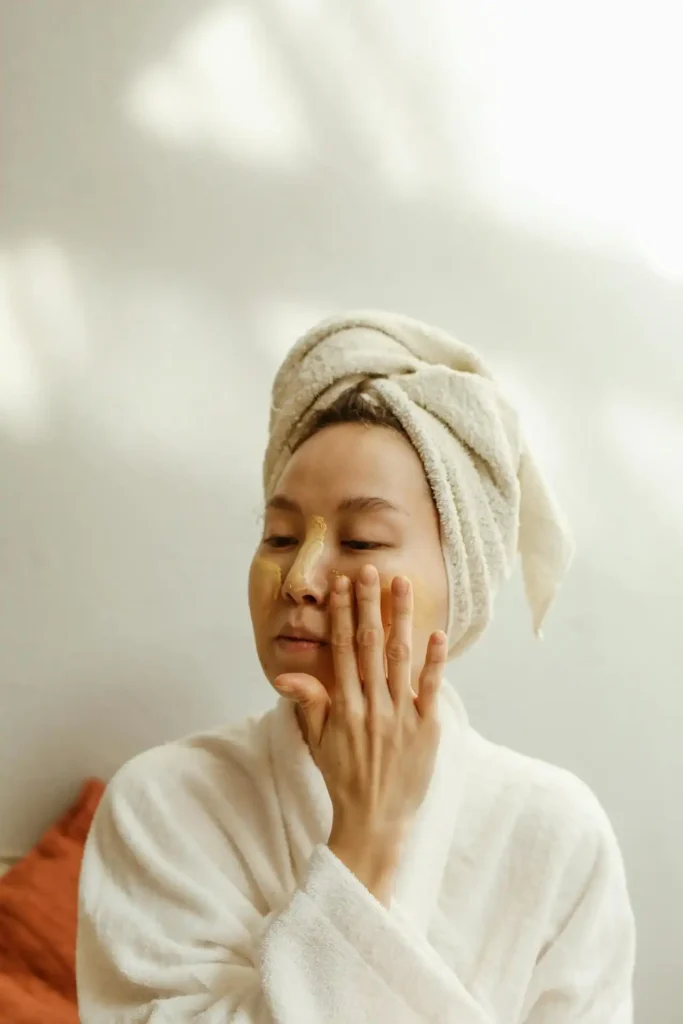
Setting Realistic Expectations Skincare results take time, typically 4-6 weeks for noticeable improvements and 3-6 months for significant changes.
Consistency matters more than perfection. Don’t expect overnight transformations.
Your skin cells need time to regenerate and respond to new ingredients. Patience and persistence lead to lasting improvements.
Creating Sustainable Habits Choose a routine you can realistically maintain long-term. A simple routine you follow every day beats an elaborate routine you use occasionally.
Make your skincare routine enjoyable by choosing products with textures and scents you love. This positive association helps build lasting habits.
Tracking Progress Take photos in consistent lighting to track your skin’s progress over time. These visual records help you see gradual improvements that might not be obvious day-to-day.
Keep notes about which products and combinations work best for your skin. This information becomes valuable when you need to replace products or adjust your routine.
Conclusion
Following the right order transforms your skincare routine from a collection of products into a powerful system that maximizes every ingredient’s potential for healthier, more radiant skin.







